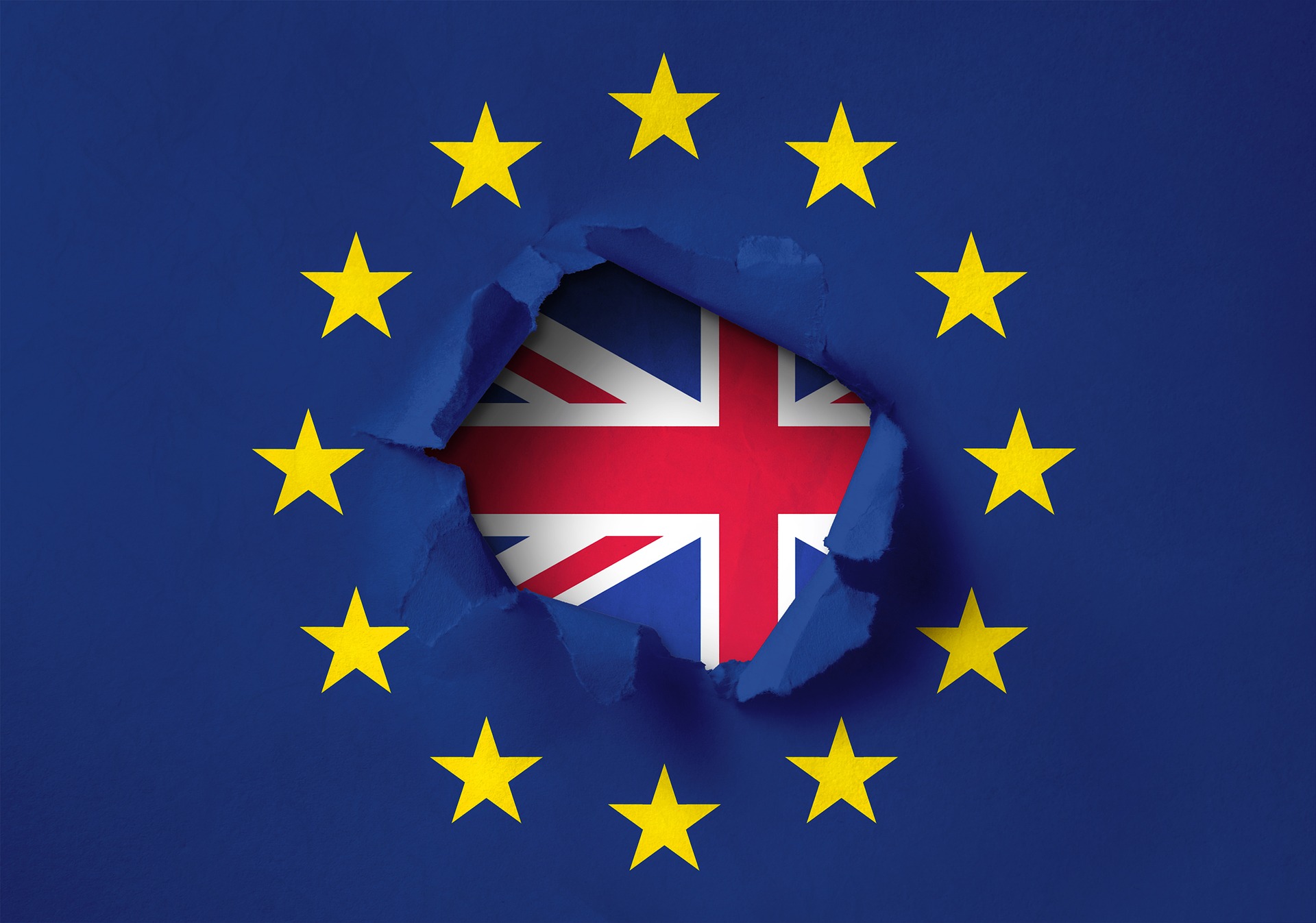The Backstory
 With Great Britain’s exit from the European Union scheduled to occur on March 29 this month, this so-called Brexit event looms large for those doing business in the UK or EU. Will a trade deal between the UK and EU finally be reached? Will existing REACH chemical registrations held by UK legal entities continue to be treated as ‘registered?’ These and many other questions have given pause to both businesses and regulators alike over the past few years since Brexit was first decided upon.
With Great Britain’s exit from the European Union scheduled to occur on March 29 this month, this so-called Brexit event looms large for those doing business in the UK or EU. Will a trade deal between the UK and EU finally be reached? Will existing REACH chemical registrations held by UK legal entities continue to be treated as ‘registered?’ These and many other questions have given pause to both businesses and regulators alike over the past few years since Brexit was first decided upon.
What’s Changing
Since the establishment of the United Kingdom’s own REACH regulation (UK REACH), we’ve learned that exiting EU REACH registrations held by UK based legal entities will be regarded as ‘registered’ under UK REACH. What hasn’t been clear is how those same EU REACH registrations currently held by UK based legal entities will be treated under EU REACH, following the UK’s exit from the EU, since, according to EU REACH, registrations can only be held by an EU based manufacturer, importer or Only Representative (OR). In February 2019, the European Chemicals Agency (ECHA) announced that it would open a new REACH-IT portal, allowing for UK legal entities holding EU REACH registrations to transfer those registrations to an OR located in the EU, else move the manufacturing or import activities to the EU/European Economic Area. The window to begin this migration begins on March 12, and ends on March 29, 2019—companies must act quickly!
Implications
UK based legal entities who currently hold EU REACH registrations, and who wish to continue placing those substances on the EU/EEA market after March 29, must transfer the existing EU REACH registration to their manufacturer/importer/OR in the EU/EEA, else face immediate restriction of those substances beginning on March 30. Not only will the product be restricted, but associated documentation referencing soon-to-be-defunct EU REACH registration numbers, such as SDS and labels, will need to be revised once the new EU REACH registration number is assigned.
Whether you need help understanding and navigating global chemical control laws, or complying with your hazard communication obligations, Global Safety Management and its team of experts is here to help. Questions? Contact us today!


